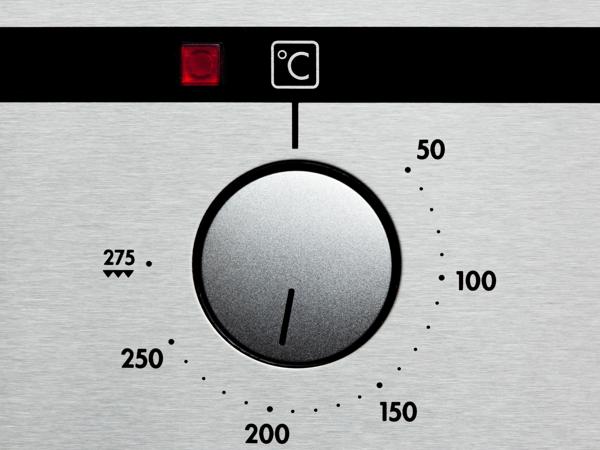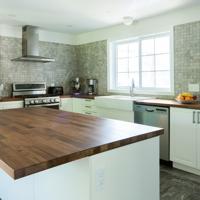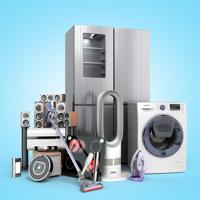In the evolving world of smart technology, our kitchens have seen a significant transformation. While conventional cooking appliances served us well for generations, the rise of smart ovens and ranges has introduced a new dynamic dedicated to improving convenience, precision, and energy efficiency in the culinary arts.
What Makes Ovens and Ranges "Smart"?
A "smart" appliance generally refers to a device connected to the internet or other networks, allowing remote control, monitoring, and automation features. These attributes inspire a greater level of interaction and customization, offering cooks more control over their culinary endeavors. For more information on smart appliances and their capabilities, check out our other resources.
Key Features of Smart Ovens and Ranges
Remote Control and Monitoring: Many smart ovens can be operated via smartphone apps, allowing you to preheat your oven on your way home or monitor a cooking cycle from your couch. Brands like GE, Whirlpool, and Samsung offer such capabilities in several models.
Voice Control: Integration with voice assistants like Amazon Alexa and Google Assistant enables hands-free operations. You can adjust temperatures or cooking times with simple voice commands, a helpful feature for multitasking in the kitchen. This is especially useful when using smart kitchen appliances.
Recipe Guidance and Cooking Programs: Smart ovens often come with built-in recipe guides, providing step-by-step instructions and automatically adjusting settings for various dishes. For example, the Tovala Smart Oven includes barcode scanning, allowing it to cook numerous packaged foods to perfection.
Self-Diagnosis and Maintenance Alerts: These ovens can notify you of potential issues before they become problems, increasing their longevity and providing peace of mind. These alerts might tell you when to clean the oven or when a replacement part is needed.
Precision Cooking and Temperature Control: With exact temperature controls and heat distribution, smart ovens allow for precise cooking, reducing the risk of over or under-cooking your meals. LG’s SmartThinQ technology exemplifies this with specific cooking modes that adjust the environment to suit different types of meals.
Examples of Smart Ovens
June Oven: Often seen as a standout in the smart oven market, it offers a built-in camera to recognize food and suggest appropriate cooking settings. Its AI technology keeps improving over time, becoming smarter with each software update.
Café Smart Double Wall Oven: Known for its ability to air fry and dehydrate food, this oven maximizes versatility and can seamlessly integrate with smart home systems for ease of use.
Considerations When Choosing a Smart Oven
While the smart features are impressive, it’s essential to assess your specific needs. Consider how often you cook, the type of meals you prefer, and your comfort with technology. Smart ovens can be an investment, so ensure that their features align with your lifestyle and cooking habits.
Additionally, spend some time researching different models of laptops, reading user reviews, and exploring demonstrations when possible. This can provide practical insights beyond the technical specifications.
The Future of Cooking with Smart Technology
As technology continues to evolve, the capabilities of smart ovens and ranges expand, offering exciting possibilities for home cooks. While they may not make cooking completely effortless, they can certainly enhance the experience, allowing for innovation and convenience in the kitchen.
The world of smart appliances is exciting, but it's also personal. Everyone's kitchen is unique, and so is the way we use technology to make life a little bit easier. Embracing these devices means opening up to new methods of managing household tasks and exploring cooking in new, exciting ways.
For those interested, a deeper dive into online reviews and resources like Consumer Reports can help uncover more insights about which smart oven may fit best into your life.




